With the release of the new Fuji MF camera there are also a lot of “misunderstandings” floating around the internet. Some posted by self proclaimed experts and some by …. well people that probably never held a MF camera.
Who am I to post this?
Well I’ve been shooting medium format for years and shoot a mix of phase one/Mamiya leaf for digital but also an RX67proII (also digital) and yashica 124 and some other older cameras. So I think I have some experience.
So let’s start with the confusions
1. Medium format is slower workflow
Well this is one where we can agree a bit but not necessary. It really depends on the camera. Medium format just means a bigger sensor now a days. When you shoot with a rz67proII heck yeah that’s slow. But the new phase one camera system (XF) is a lot faster and the new Fuji could actually be just as fast as what you’re used to in a dslr. Remember that technology progresses and the major slowness of older MF cameras was not the sensor size but the focusing and bigger mirrors etc.
2. Medium format means more light is captured so you need to change your exposure.
Excuse me?
How would that be possible?
Imagine this.
IF the amount of light for proper exposure was sensor size related how would a light meter work?
Indeed. There is no difference. If a strobe is metering f8.0 on a dlsr it’s also f8.0 on a medium format camera. Are there exceptions?
Yes.
If you use a medium format camera that uses a bellows focus it will actually take away light, this is also why those cameras have a scale on the side so you know what to adjust. And of course macro lenses on their extreme settings can take away light. But this is the same on your dslr.
What they probably mean (part 1) is that due to the larger pixels it’s possible to get a better dynamic range, or in other words a better signal to noise ratio. A bigger sensor is in theory able to capture more light than a smaller sensor. This is however not related to how you set your shutter speed and aperture. It just means that you will see more detail in your highlights and shadows. I say in theory because it’s not just the size of the pixels or size, it’s a part of what determines dynamic range. Especially Sony (who makes most sensors now a days for both MF and other formats) is using different techniques, including backlit sensors, that make it possible to get a better signal to noise ratio. Fact is that is you use exactly the same sensor and exactly the same technique a bigger surface will of course give more dynamic range due to a better signal to noise ratio.
The other part (2) is the misunderstanding of DOF (depth of field). Due to the larger sensor a MF camera captures “differently” than a FF sensor. For example if you shoot the same subject from the same distance an you want a similar crop you’ll have to shoot with a 50mm on the FF dslr and with 80mm on the MF camera. This combined with the larger sensor size will give you less DOF on the MF camera. Meaning to get the same amount of DOF you will have to shoot on f11-16 on a MF where on a dslr you can shoot it on f8. This however has to be done by using more light on the MF. In other words raise the strobe output or in natural light raise shutter speed (or ISO of course).
3. You can’t shoot hand held
Oh my. This story has been going on for years. Every time there is a new megapixel record the same story starts. I often think that most reviewers drink to much or have very unstable hands (humor guys). I’ve been shooting as one of the first testers with the 80mp leaf back many years ago and got razor sharp results hand held. I’ve been shooting the new 100mp hand held and got razor sharp results even down to 1/30 of a second. And no I’m not super man. So where does this story comes from?
Well in all honesty with a more heavy camera you have to know how to shoot. Control your breathing and make sure you have enough contact points. Add to this the large mirror and you understand that it’s a different way of shooting. And in this case indeed a slower more careful workflow. Going back to the new and modern cameras mirror slap has greatly been reduced, in fact I could shoot slow shutter speeds with the phase one xf very easily (easier that with my DF+) and seeing the fact the new Fuji is mirror less…… well you know the answer right 😉
4. My computer will explode
Pfffff really?
I’ve been editing 80mp files years ago on my MacBook pro and old Mac Pro. Both machines couldn’t do 4K video (couldn’t even play it) and both machines edited those files almost just as easy as my 16-24mp files from my other cameras. Of course a 50-100mp file is a bit “heavier” but it’s not a matter of a huge difference. Some filters will be slower but on modern machines you should have no problem at all and won’t really notice a difference. Especially with 50mp files.
5. Ok but my hard drive will explode
Pffff here we go again 😉
The files sizes can look huge but in all honesty it’s not 10x the size as some make you believe. I always tell people that as a rule or tumb you could say app 1mb per megapixel and that’s not 100% true but it comes close enough.
And in all honesty. Do you really need to save every out of focus shot? If you go through your shots you very quickly can clean up a lot of space. I save a lot of images and during trips we shoot a lot but overall we actually never really pass the 2TB point per year. And again I save a lot of images.
Now you have to triple all your hard drive space for onsite backup and offsite but hard drives are getting bigger every year and cheaper so in essence the COST to save your 100mp files are just as expensive as your 16mp files years ago. Probably even cheaper.
6. There are no fast lenses
Ok. This is a bit more technical. And you’re right. With most medium format systems the standard is app f4.0 for a lens although there are f2.8 primes and I even own a f1.8 lens.
But….
Do remember that with MF you have a much much bigger sensor which translates in a different depth of field. In fact try to shoot perfectly focused portraits with a f1.8 lens is next to impossible, and with a f2.8 you get some very cool DOF effects which you could not achieve on a FF dslr with a f2.8 lens in the same range.
7. Not many lenses available
This is actually something that has puzzled me for years now…. how many lenses do you need? In the past most photographers had a wide angle, a medium lens and one or two longer lenses.
When I look at what I use it’s similar. On my dslr I use a 12-24, 24-70 and 70-400 or 70-200 depending on the look I want (DOF because the 70-200 is a constant f2.8) I do own some fast primes but…. well ….. I hardly use them.
On medium format I use a wide angle 35mm a 75-150 zoom and a 80mm f2.8. Again I own some more but the first two are actually all I need.
8. You can shoot up to 1/2000 or even higher with strobes
Watch out. This only works with leaf shutter lenses. Even a mirror less design will not guarantee a higher than 1/125 x-sync. So don’t just think you will be shooting day to night with strobes without any problems.
Some other things you have to think about.
1. The look
Without a doubt medium format has a totally different look from FF35mm sensors. I never wanted a MF camera till I shot some images with one and it was actually when I got home and looked at the shots I was determined I wanted one. At the moment I’m using a leaf credo60 and still think those files are superior to my Sony a7rII even if that Sony kicks my credo silly when it comes to recovering shadows and highlights, the detail and graduations but most of all the 3D look of the MF is just breathtaking.
So when I have control and want the best possible images I’ll shoot it with MF. If I think I need to recover a lot or I need high ISO it’s the Sonys turn. (But this is the old MF technology. The new sensors are much better)
2. Waist level finders
Don’t underestimate the fun and most of all benefits of a waistlevel finder during portrait or model sessions. You can keep eye contact and still see what’s going on. And shooting under a lower angle is easier. Although with a flipsceen this is also easier.
Of course there are more topics but I think these are the ones I read the most.
Remember the expression “horses for courses”. In the past I always advised people to not sell their dslr when they went to medium format. In the past medium formats were great for situations where you controlled the light. But above iso200-400 they were really “bad” now a days the new Sony sensors are awesome and I actually tested a 50mp version a few years ago for leaf and traveled with just that camera and never missed my dslr. Shots up to 6400iso were picture perfect.
That said you won’t see medium format cameras in sporting events for the simple reason…. they are not build for that. However for fashion, architecture, landscapes etc medium format was always perfect. And now with the smaller Fuji it could even become the perfect street and travel camera.
Hope this article gives you a bit more info on MF. Please feel free to share this post.

Like this:
Like Loading...

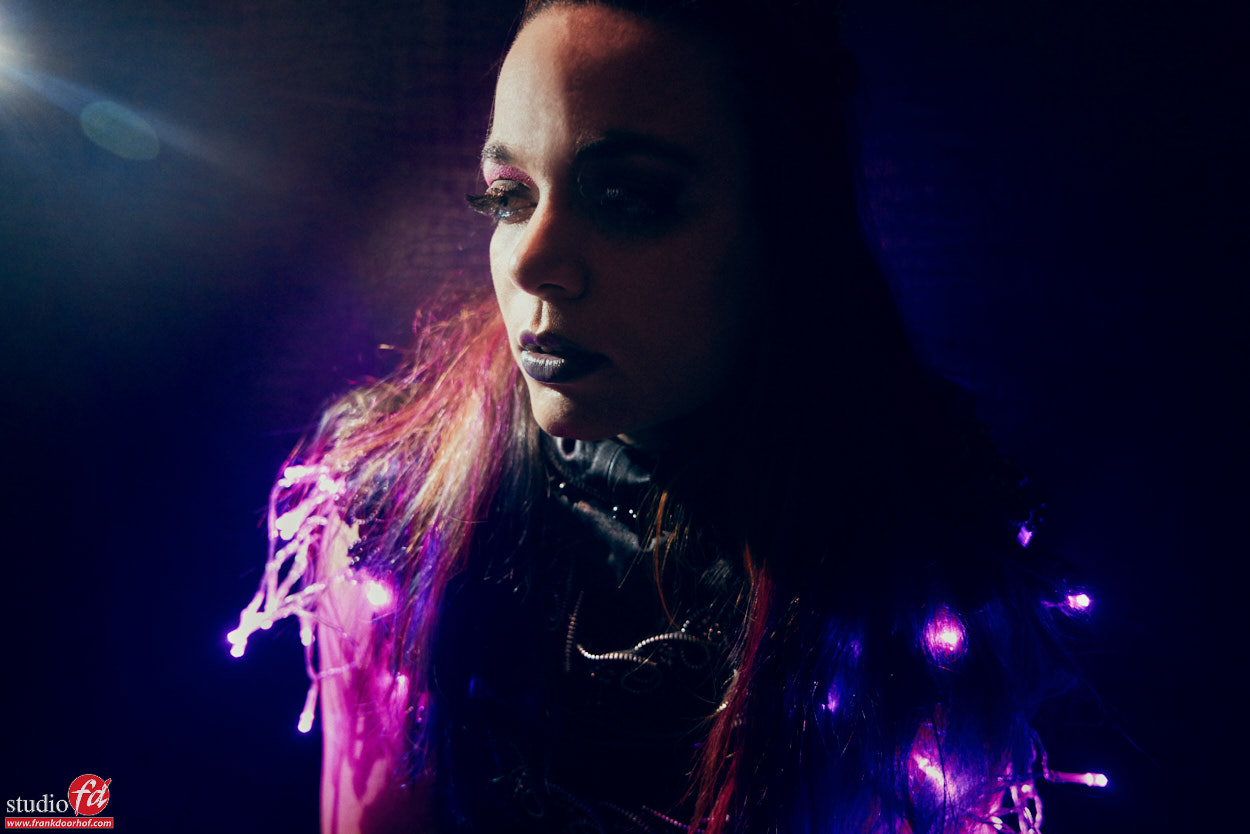

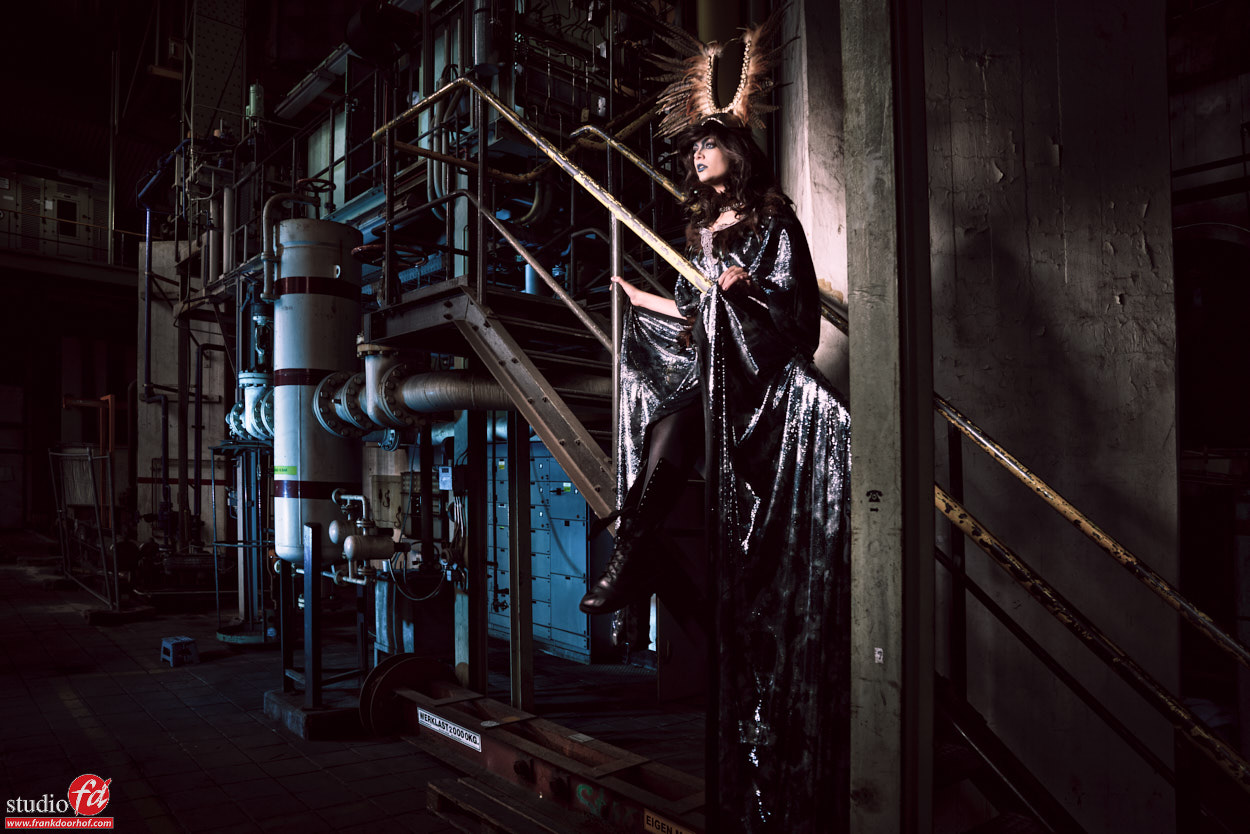
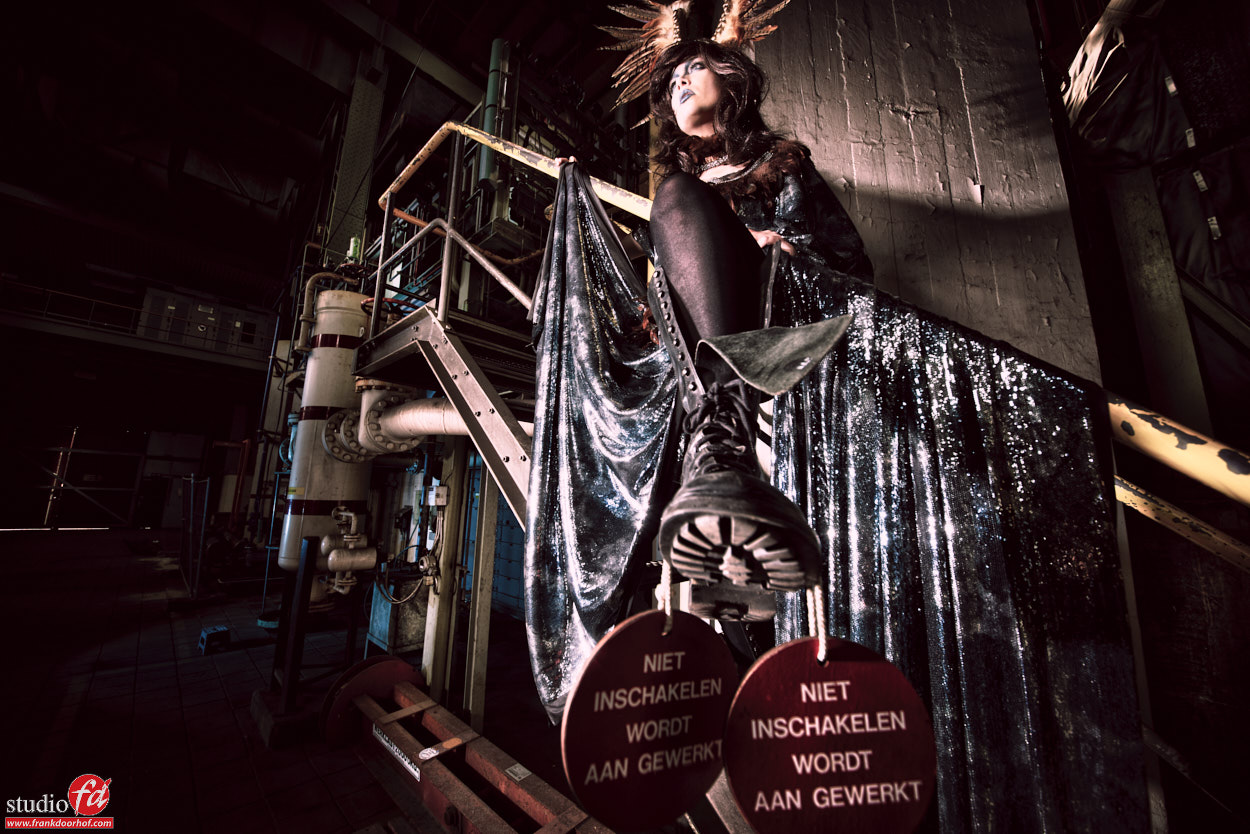
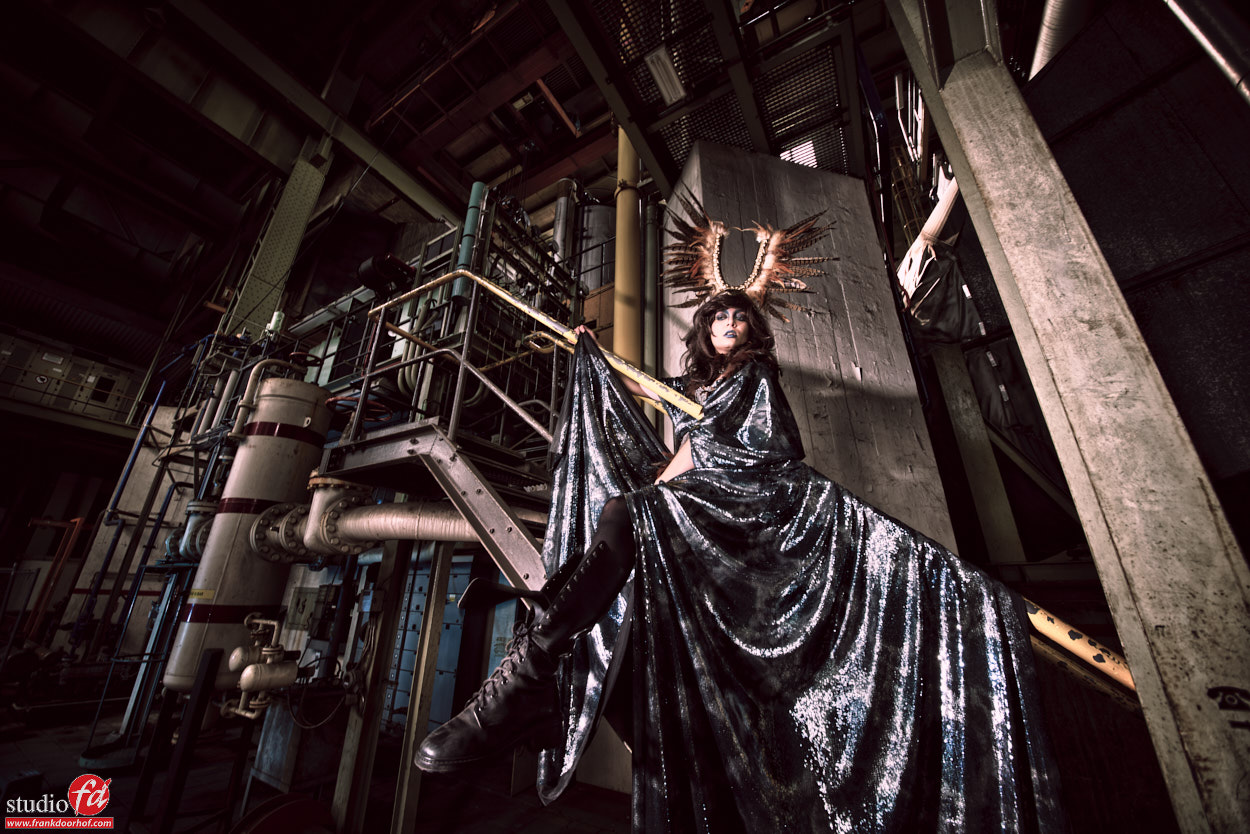
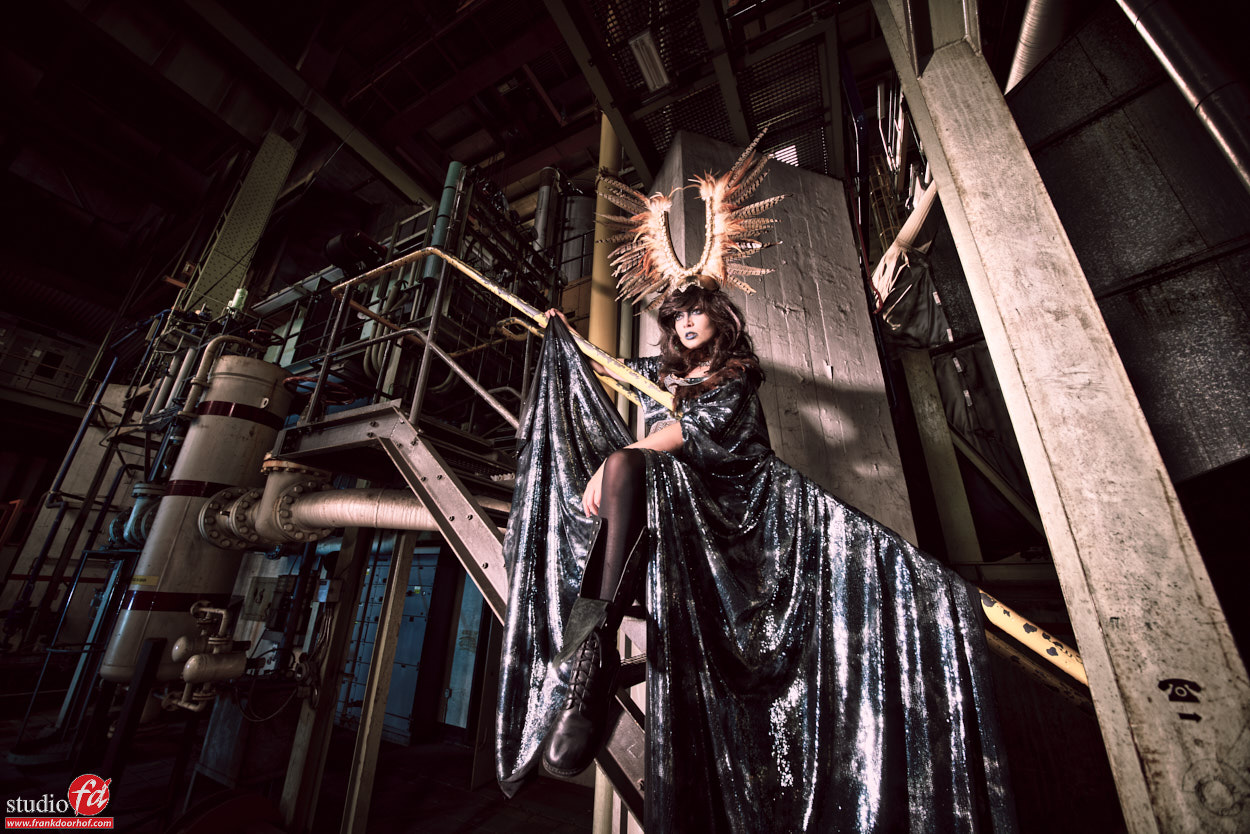
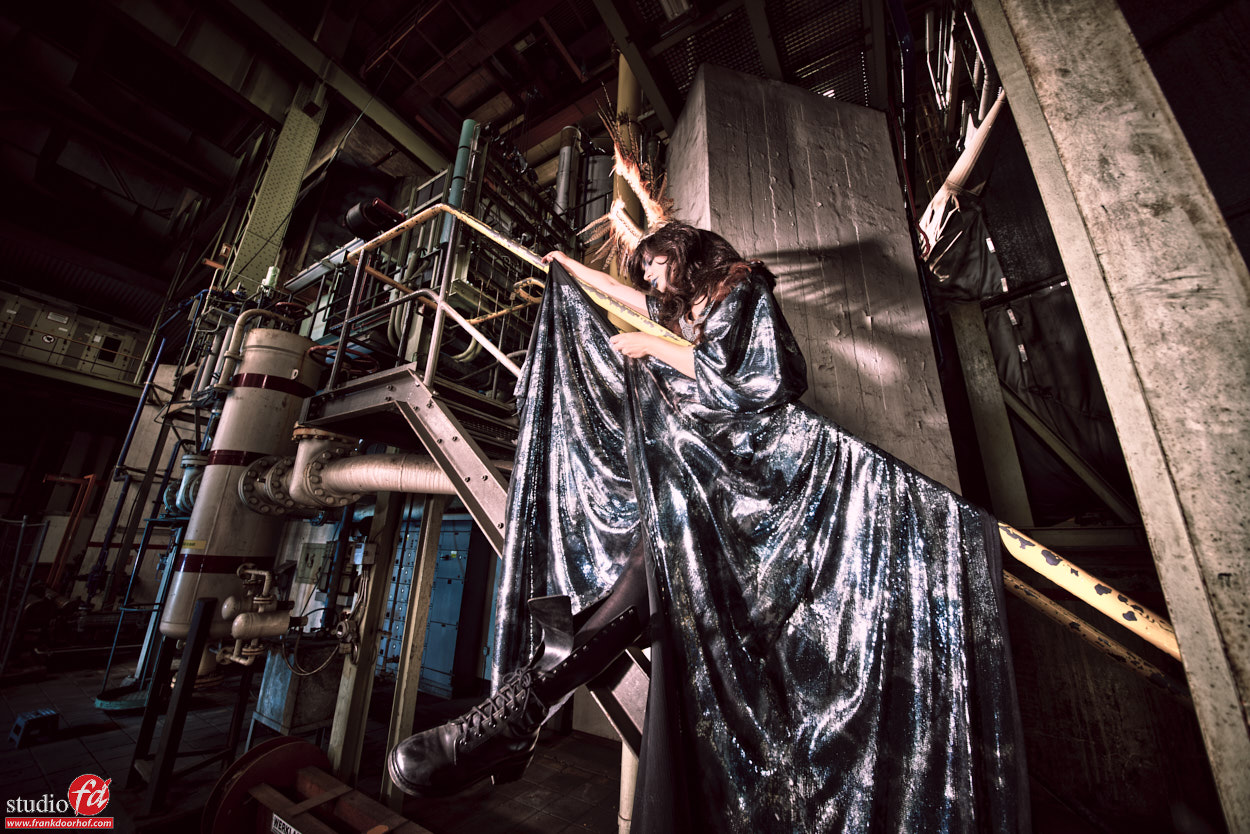
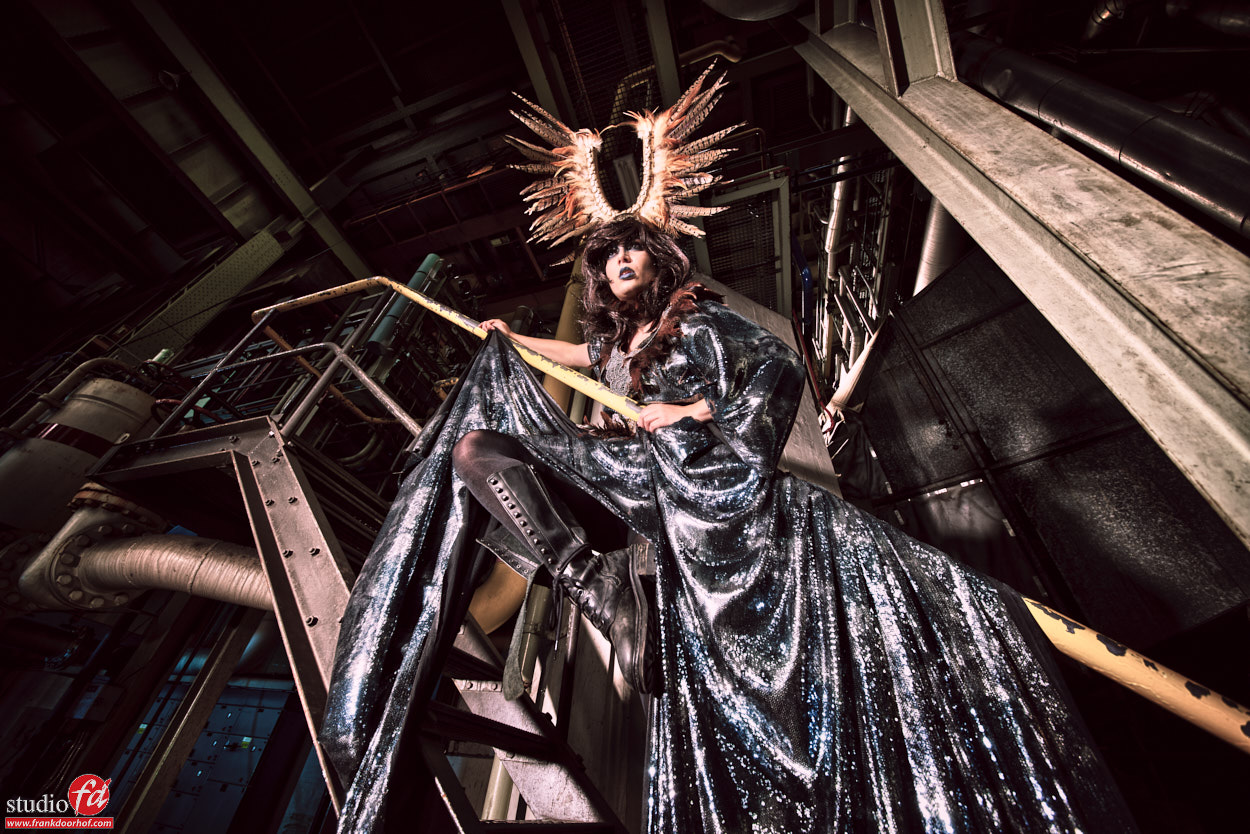
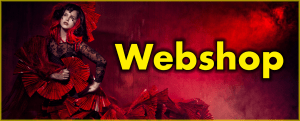
You must be logged in to post a comment.